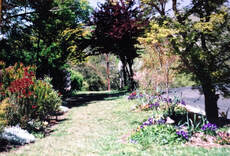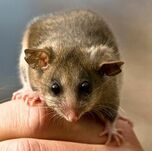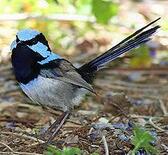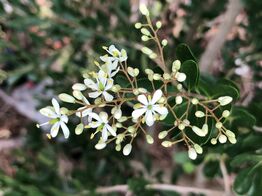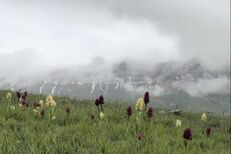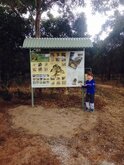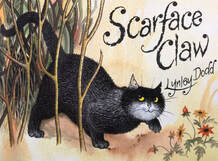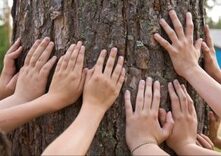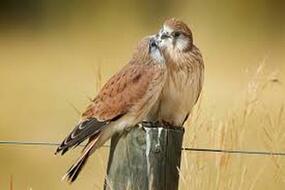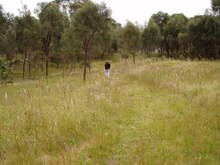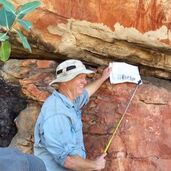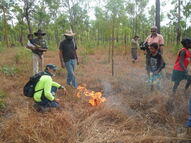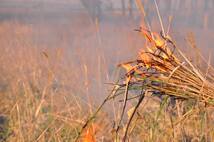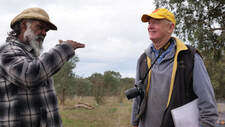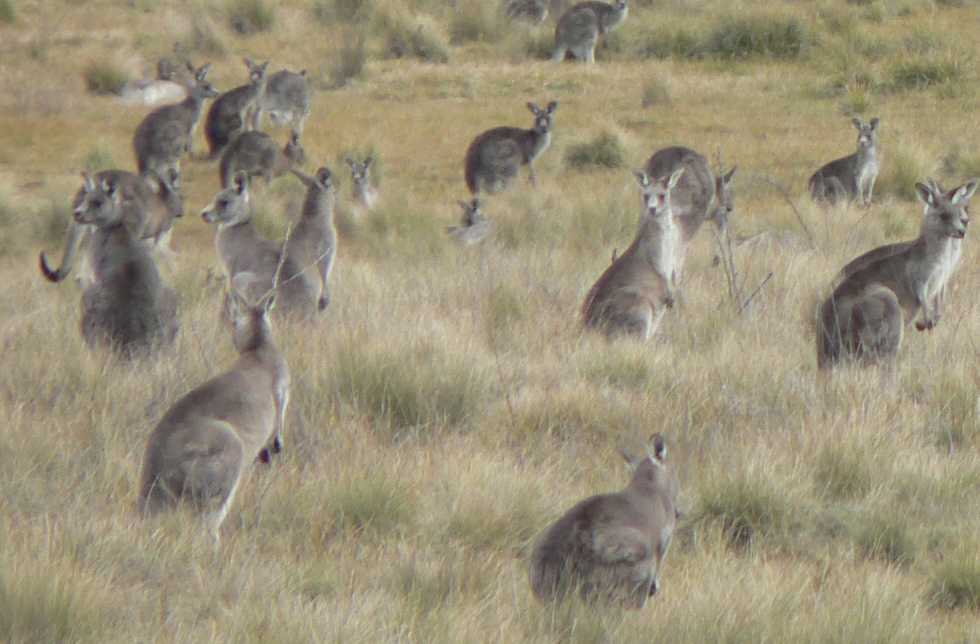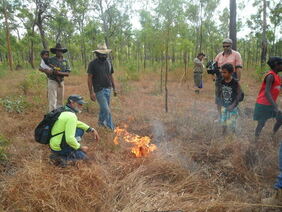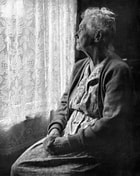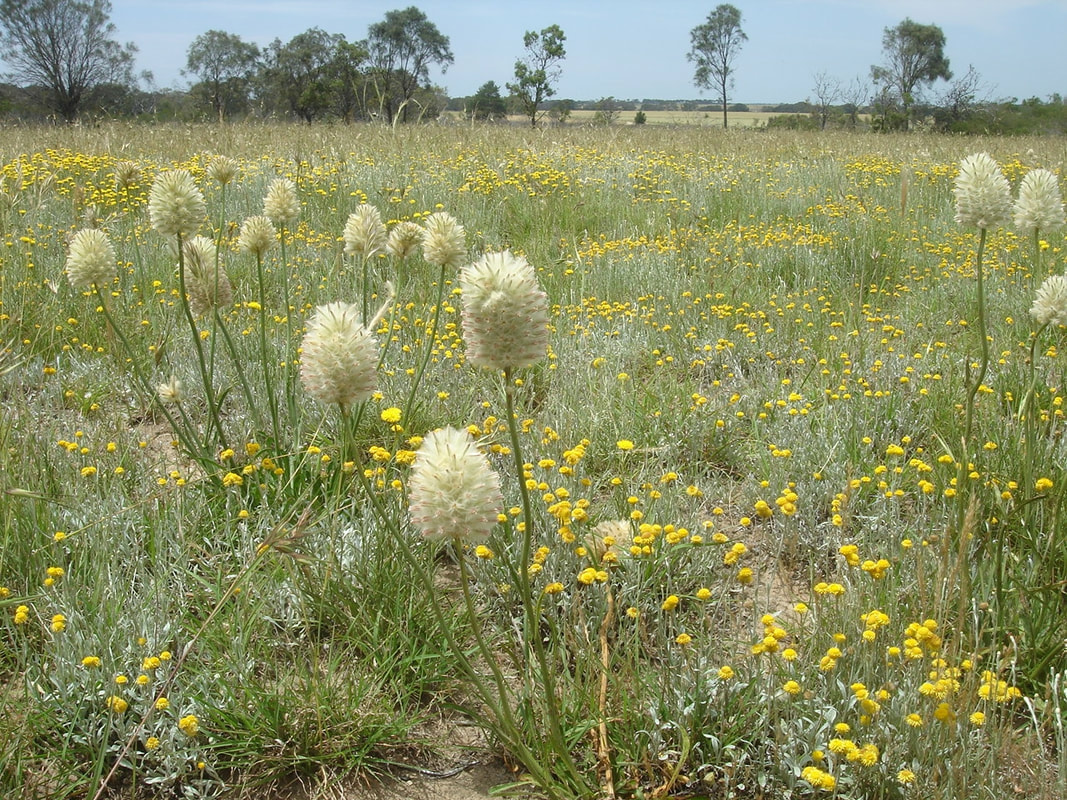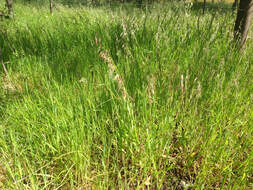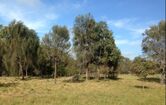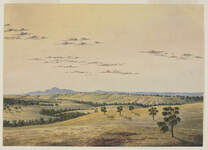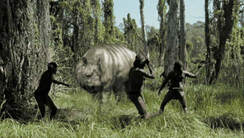Easy blog finder
Nature and human health
Humans have evolved in a natural world and need contact with nature for their emotional
& physical wellbeing
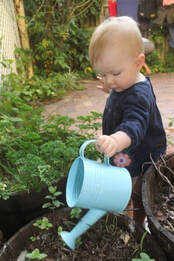
August 2019
Nature and human health We are far more fully alive when we experience nature. This is when all our senses are working together
|
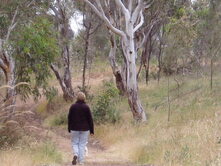
A resilient and biodiverse 'wild Australia' is fundamental to our health and well being as humans
living on this remarkable southern continent. |
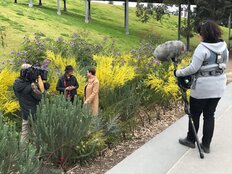
City dwellers would benefit from beautiful nature strips planted with native plants. Its good for human health and would reduce the carbon footprint of Australian cities
|
December 2019
Individually designed nature-strips have the exciting potential of being colourful mosaics of personal expression. An organic form of street art that could define a street, a town and a municipality
|
Sustainable design
Designing landscapes by mimicking nature & adding income streams without decreasing biodiversity.
|
February 2019
|

April 2020
Biodiversity & forestry
- it wasn't love at first site The story of ImLal near Ballarat - a unique demonstration plantation that successfully combines biodiversity and forestry. |

August 2020
Paddock Trees - part 1 Their beauty and their bounty
Old trees support wildlife in so many ways. This blog gives insights into how important it is to protect them |
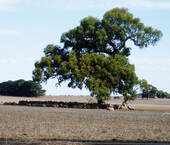
October 2020
Paddock Trees - part 2 Their economic benefits on farms
Two parts to this blog; 1. A modern Landcare fable 2. How protecting paddock trees benefits a farming enterprise |

November 2020
Paddock Trees - part 3 How to protect, regenerate and replant
Recommended strategies to encourage mature trees to regenerate and how to replant paddock trees on rural landscapes |
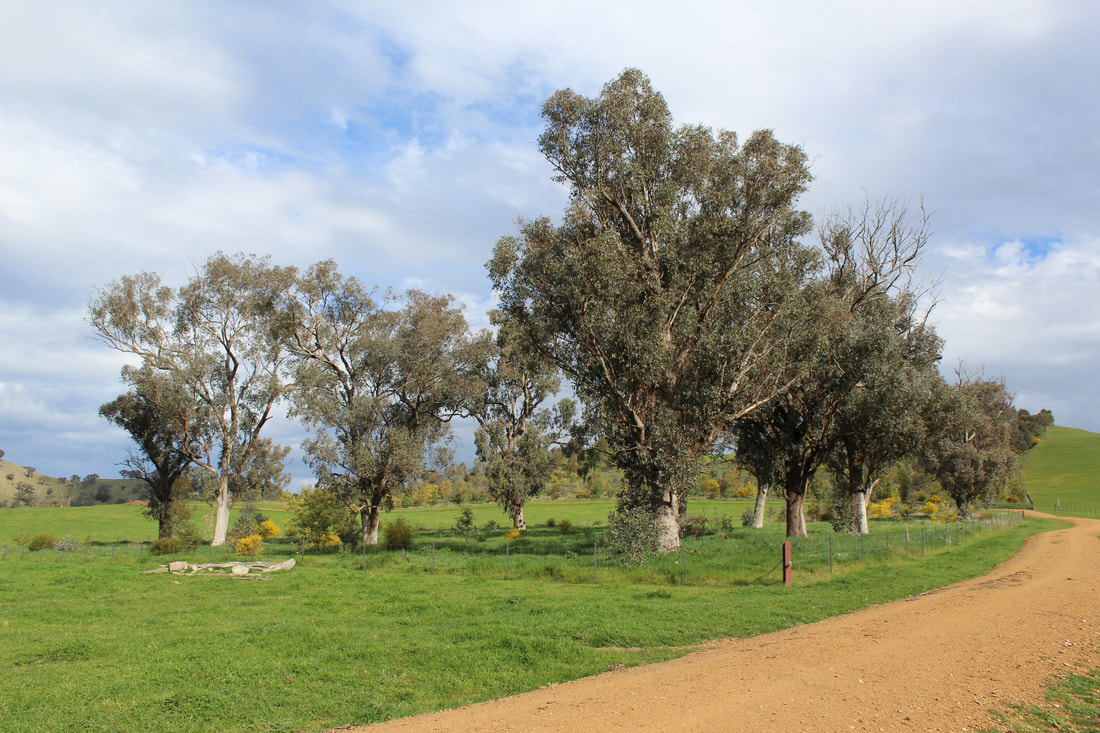
May 2024
Paddock trees are the ‘vegetation islands’ in open farmland that provide homes for many wildlife and sleepovers for migrating species.
|
Connecting with nature one plant at a time series
- going wild in isolation
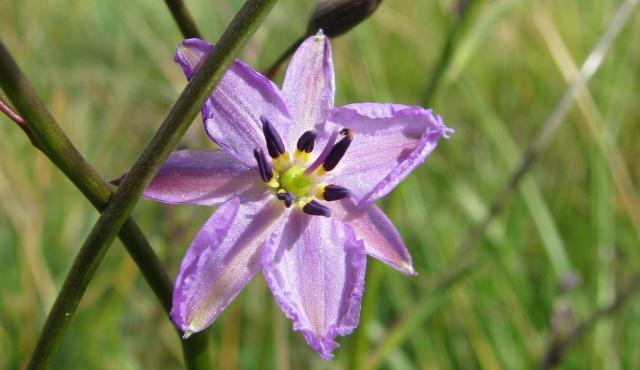
May 2020
Chocolate Lily, Arthropodium structum
A small scented lily that’s perfect for rockeries and small patches in the home garden. |
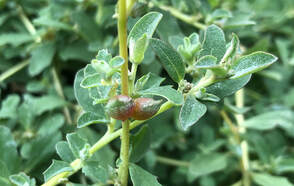
May 2020
The small berries can be eaten fresh or made into jam if you have the inclination and the time
|

May 2020
Acacias The acacias of Australia add up to more than 1000 remarkable species. This blog discusses their ancient history and how they can be propagated today
|
 May 2021 May 2021
Snow Gums,
Eucalyptus pauciflora Guest blogger Helen Scott explores the remarkable Snow Gum in her photo essay |
The Wathaurong call the Drooping Sheoak 'Ngarri' which means hair tree. This beautifully describes its most recognisable feature
|
 August 2021 August 2021
Kangaroo Grass Themeda triandra A native perennial grass that was found in 70% of Australia. It has edible seed and is a valuable crop returning $1000/ha. |
|
What is under our feet?
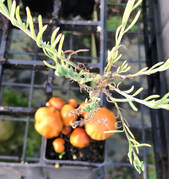 July 2022 July 2022
Microbes and plants
- intimacy in the dark Microbes that benefit plants fall into five broad categories; the 'sexy' mycorrhizal fungi; the 'cocktail' of microbes that make up the microbiome of plants and the nitrogen converting rhizobium bacteria. |
Propagating Australian native plants from seed
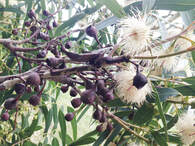 October 21 October 21
The Myrtles - eucalypts, callistemons, melaleucas, leptospermums and more.
Part 1 - collecting seed How to collect seed safely. All you need to know based on the practical insights of a nurseryman |
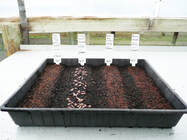 November 21 November 21
The Myrtles - eucalypts, callistemons, melaleucas, leptospermums and more.
Part 2 - from seed to plants How to sow the seed and grow plants on for planting out in the garden or paddock |
Wildflowers
Lots of beautiful images of wildfowers
December 2018
|
June 2018
|
April 2017
The latest example of the art of interpreting nature is from the Friends of the Teesdale Grassy Woodland Reserve. They have incorporated fine art, beautiful graphics, thoughtful design and engaging story telling into a remarkable sign that can be appreciated at a glance or studied at length.
|
How can our Australian culture nurture nature?
How do we bring a love and respect for nature back into the Australian culture?
|
As lovers of cats it’s time Australians started taking responsibility for the peril we have released on our wildlife.
This blog provides answers to this dilemma |
February 2021
If you stand quietly next to a big old tree you too can hear the symphony. This blog explores making a deeper connection with nature
|
August 2018
|
July 2018
|

March 2023
From the Dingo to the Tasmanian Devil. Why we should be rewilding carnivores
by guest blogger Professor Euan Ritchie Rewilding Dingoes and Tasmanian Devils in Australia could benefit many of our troubled ecosystems, by keeping herbivore numbers down, keeping feral cats and foxes fearful, and triggering a rebound in vegetation and small animal populations.
|
Indigenous Australian culture
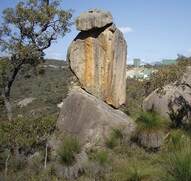
Guest blogger Gib Wettenhall
Artificially-wedged vertical shards of rock were once placed everywhere by the First Australians. They formed circles for ceremony, acted as signifiers for sacred places, stood attention in sculptural lines forming the shape of an ancestral being created in the Dreaming. |
Australia’s landscapes are as much cultural as natural. People were everywhere, affecting everything, across the length and breadth of the continent over an unimaginable timescale
|
|
Indigenous Australian culture
|
December 2016
Two experiences at the Landcare conference left me feeling very disappointed. The tragic story of Coranderrk aboriginal settlement and the treatment of an Indigenous leader at the conference
|
February 2020
In this blog Gib describes a Traditional Owner cool burn and looks at its cultural importance through the eyes of indigenous leaders.
Gib argues that Australians could learn how to conduct cultural burns in a 'Fire Masters' course, taught and managed by indigenous experts. |
Managing grasslands and grassy woodlands in temperate Australia.
Saving our natural areas will take more than practical knowhow. These practical methods are discussed in the context of our social and cultural shortcomings
March 2018
|
February 2018
|
January 2018
|
We’re losing a lot more than the wildflowers. We’re losing our irreplaceable, rich and complex grassland ecology as well. We're also losing an integral part of our distinctive Australian heritage.
|
Restoring native grasslands, our lost 'pantry lands.'
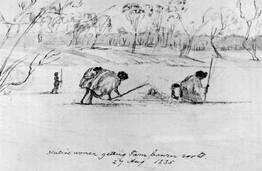
September 2022
Part 1 - Restoring Native Grasslands Victoria's grasslands were 'Pantry Lands' and 'Medicinal Herb Lands' to the Traditional Owners. After 1835 the grasslands became overrun by large flocks of hard hoofed animals and fire became much hotter and destructive. Remnant grasslands of today are only a faded copy of the original. |
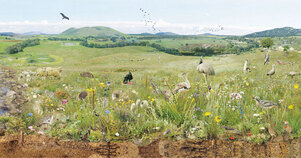
November 2022 Part 2 - Restoring Native Grasslands Native grasslands are being restored on farms and in large experimental plots and the results are very encouraging. Removing the exotic seed bank and lowering soil nutrient levels are key. Regenerative Agriculture is also bringing back long lost indigenous grassland species. |
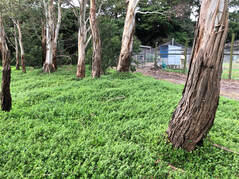
January 2023 Part 3 - Restoring Native Grasslands A low cost grassland restoration method is needed. One that can be scaled up or down to suit the purse and size of a property. This blog puts forward a list of 'grassland champions' that will go head to head with the weedy interlopers and proposes a new method of restoring grasslands. |
Managing grasslands and grassy woodlands in temperate Australia
Grassland expert, John Delpratt looks at restoring native grasslands on roadsides - the philosophy and the practical aspects of how it is done |

September 2021
This blog outlines easy ways to find and ID native grasslands.
It also puts the case for protecting the grasslands that are left |
October 2016
This blog discusses how to manage: Panic Veldt Grass, Ehrharta erecta, Annual Veldt Grass, E. longiflora and Perennial Veldt Grass,
E. calycina. Each species of grass is very invasive, fast-growing, have done well in the extreme dry of the recent drought years and adapt well to wet years as long as the soil is well drained. |
May 2018
Kangaroo Grass communities on roadside reserves -
|
April 2018
Kangaroo Grass communities on roadside reserves - part 1
|

June 2023
Seed production for native grassland restoration
by guest blogger John Delpratt A reliable source of quality and genetically appropriate seed is an important first requirement for restoring native grasslands
|
The vegetation of the Barrabool Hills. Parts 1 - 4
These four blogs trace the origin of the Barrabool Hills from the formation of its sandstone over 100 million years ago to the arrival of the first Europeans in 1835
|
Drooping Sheoaks were the first tree that Surveyor John Helder Wedge recorded in his diary in 1835 as he crossed the Barrabool HIlls near Pollocksford.
|
October 2017
|
September 2017
|
July 2017
|
Landcare matters
November 2018
|
December 2020
Vegetation corridors, biolinks, vegetation highways - connecting the dots in the new decade One of the biggest challenges facing Landcare this decade is connecting the vegetation dots and dashes. We have created islands of trees in open seas of cropping and grazing paddocks. Planting more paddock trees and connecting corridors will enable wildlife to continue to migrate as they have for millennia
|
November 2016
1. Climate change predictions from climate scientist Dr Will Steffen; 2. Biochar as a method of locking up carbon in the soil and reducing methane emissions from cattle - Kathy Dawson; 3. Waterways good news from Dr. Siwan Lovett who spoke passionately on the ‘Rivers of Carbon, Rivers of Life’ program; 4. Buloke, Allocasuarina Luehmannii in trouble because of a drying climate - a conversation with Kevin Chaplin, CMA officer from Mildura.
|
Designing Bushfire safe landscapes in rural Australia
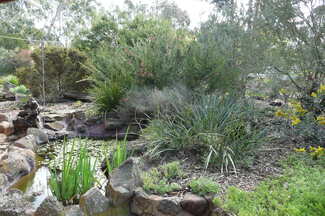
What to plant, where to plant and how to maintain beautiful native gardens to make our homes safer during the fire season.
|
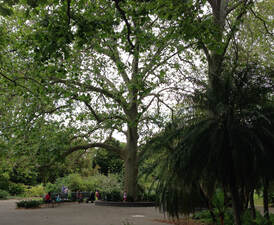
Deciduous trees act as a fire retardant and are often the reason why some houses survive a bushfire when neighbouring houses are burnt
|
|
